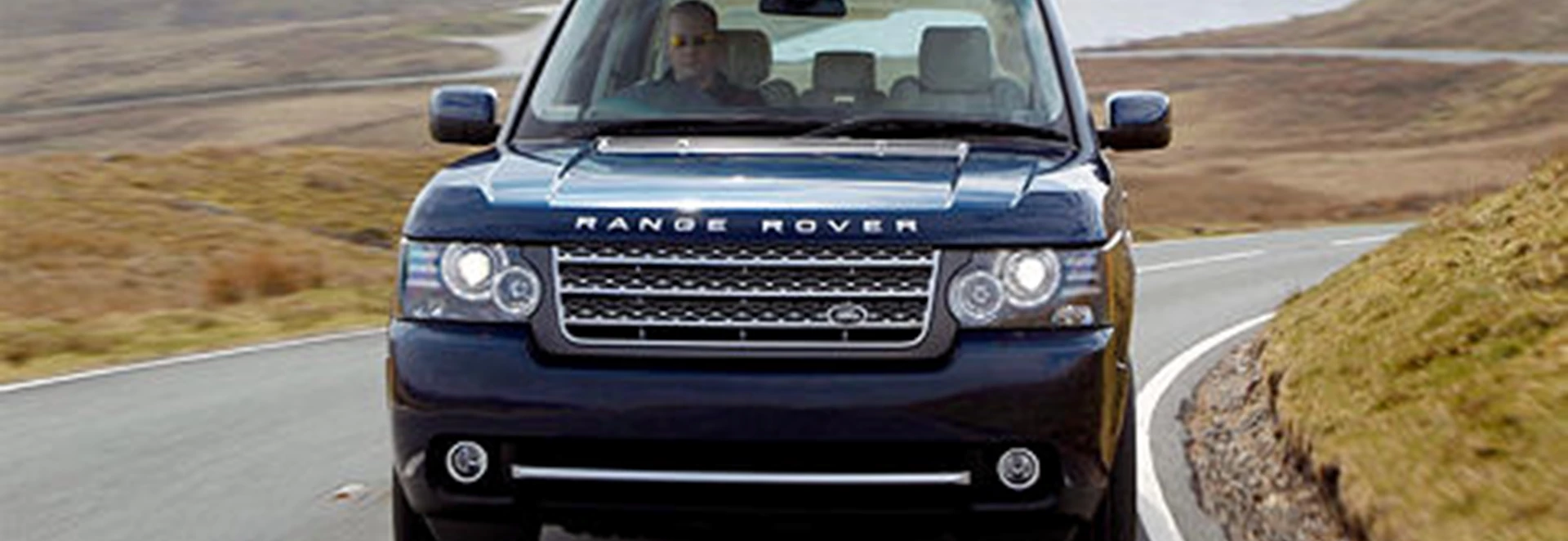Simply put, the Range Rover's appearance on its own gives you very little idea of what it is going to be like. An uninformed observer might suppose that it will be every bit as much of a lumbering behemoth as it looks, yet Land Rover's claim that this is in fact a luxury car (which is the way it has been marketed for many years now) is far closer to being a description of the experience once you're inside.With the exception of the supercharged five-litre petrol version, all Range Rovers use the same 313bhp 4.4-litre TDV8 turbo diesel engine. The 242bhp TDV6 available in lesser Land Rover products would be enough, but anyone who pays over £81,000 - for that is the sum required to buy the range-topping Autobiography model tested here - for a vehicle with vastly more off-road capability than they are ever going to use might be said to have left the concept of "enough" behind some time ago.And, although it's not strictly necessary, the TDV8 is a simply wonderful unit. It gives the Range Rover performance that might in other contexts be described as spritely, it offers the potential of 30mpg fuel economy (though you'd have to drive very gently to achieve that) and it makes a pleasing rumble when it's being pushed hard.If it isn't making a pleasing rumble it barely seems to be there at all. The noise suppression in a modern Range Rover might just be one of the miracles of the modern motor industry, and it doesn't apply only on the mechanical side - considering the force with which that boxy shape, and particularly those huge door mirrors, must shove an enormous volume of air out of the way, the lack of wind noise as perceived by occupants is nothing less than astonishing.So too is the car's behaviour. The steering is fabulously smooth, the braking action magnificent, the ride quality well above expectations, and as a result the Range Rover is a joy to drive. How can this be? The people responsible for these things have done wondrous work, and I hope that, when they're not working on making future models even better, they feel a sense of pride about it.Like the current Jaguar XJ saloon (built, of course, by what is these days Land Rover's sister company), the Range Rover has a digital instrument panel. At start-up it displays a picture of a cloudy sunrise. Or perhaps a cloudy sunset. I wasn't sure, but it's very pretty.Then it switches to showing virtual instruments, which is very clever, though as with the Jaguar a sudden increase in revs makes the revcounter "needle" swing through its arc rather jerkily. This and the speedometer "needle" have fake shading underneath them, presumably to give a 3D effect, but since the rest of the graphic is relentlessly 2D it doesn't work very well. I have no doubt, though, that future generations of Range Rover will have graphics that make the current ones appear positively primitive.If you think the Autobiography is expensive I'd agree with you (and if you don't you probably have one already) but the test car would cost you close to £90,000 thanks to all the extra-cost options that were fitted to it. You'd have to be unusually keen on getting it dirty to need the £750 active rear locking differential, but the DVD twin screen entertainment system (£2450) and Harmon/Kardon 1200 watt 19-speaker Logic 7 audio (£1330) make more sense in context. "Our" version also came with Vision Assist and tyre pressure monitoring at £1085 and £405 respectively.The rest of it you knew already. The Range Rover is very roomy. It's exceptionally capable off-road (though with fewer driver aids in these cirumstances than the Sport or the Discovery). It's an indulgence and you don't need it. But if you buy one you'll probably love it. Engine 4367cc, 8 cylinders Power 313bhp Transmission 8-speed automatic Fuel/CO2 30.1mpg / 253g/km Acceleration 0-62mph: 7.8 seconds Top speed 130mph Price £83,185 Details correct on publication date

Our Rating



